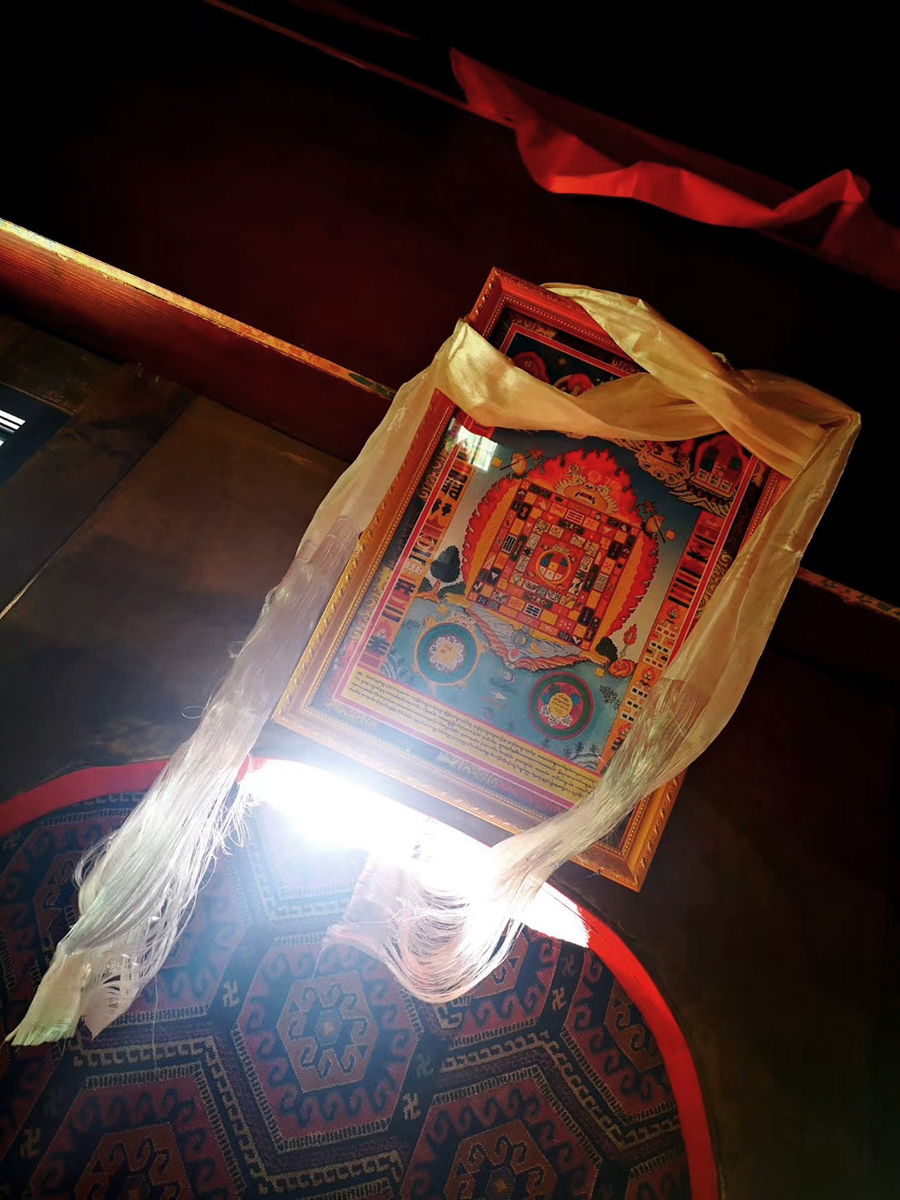
Inscribed as an Intangible Cultural Heritage of Humanity by UNESCO in 2009, the Regong Arts is an umbrella term used to describe three distinctive art styles that originated from Tongren County, which was once known as “Regong” or “Golden Valley” in Tibetan. In fact, this type of art has become such an integral part of the local peoples’ culture that, by the 17th century, it was rumoured that nearly everyone in Tongren County could paint, and that almost every family was involved in the arts in some way.
The Regong Arts are largely the work of folk artists or monks from the Tibetan and Tu ethnic minorities. For this reason, they mainly revolve around themes related to Tibetan Buddhism. The three main types of artistic work covered under the term are: thangka paintings, patchwork barbola, and sculpture.
Thangka paintings are religious scrolls that can be used by Tibetan Buddhist monks or laymen in worship. First, a pattern is sketched onto a strip of cotton or linen cloth using charcoal and then natural dyes are applied using a special brush. These intricate paintings can take anywhere from a few months to several years to complete, and their primary function is as a tool for meditation.
Barbola, by contrast, is a special type of art that involves the cutting and piling of different materials to produce an image. Barbola artisans use silks and satins in a variety of colours, which they cut into the shapes of humans, animals, flowers, birds, or other recognizable objects. From there, they paste these pieces of cloth onto pre-cut paper models and overlay them one on top of the other, starting from the darkest colours and ending with the lightest colours. This produces a three-dimensional effect that looks as though the silk or satin has been embossed. This style of barbola is known as “jian dui” or “cutting and piling.” There is another style, called “ci xiu” or “embroidery,” where the fabric is instead embroidered to produce the three-dimensional effect.
Finally, the sculptures associated with the Regong Arts can be made from clay, wood, brick, and even yak butter, although clay sculptures tend to be the most common. They are renowned for their lifelike features and impressive attention to detail. Like the thangka paintings and patchwork barbola, the sculptures tend to focus on religious imagery and they are often included as decorations within temples.